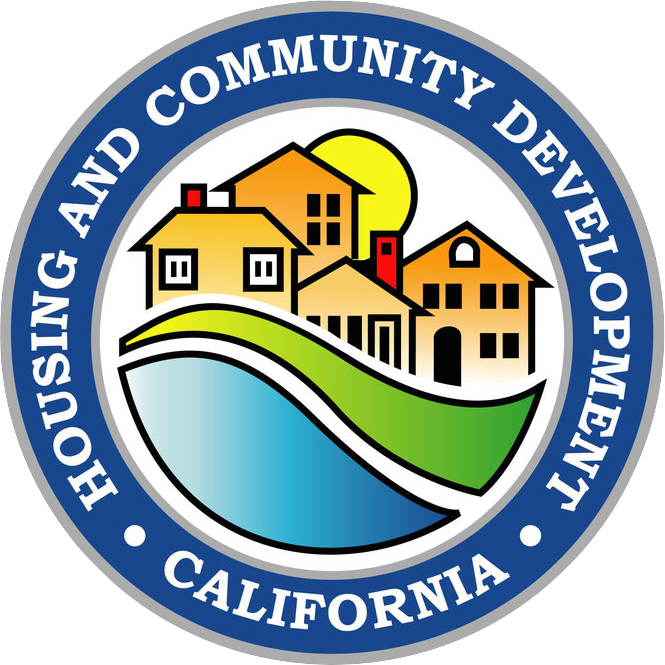The State Housing Law (SHL) Program was established to assure the availability of affordable housing and uniform statewide code enforcement to protect the health, safety, and general welfare of the public and occupants of housing and accessory buildings.
The SHL Program may propose legislation and regulations, and oversees the application of state laws, regulations, and code enforcement by a city, county, city and county building, housing, health, and fire department or fire district.
The SHL Program standards apply to new construction of hotels, motels, lodging houses, apartments, dwellings and accessory buildings thereto; and maintenance, use, occupancy, repair, alteration, moving, and demolition of existing hotels, motels, lodging houses, apartments, dwellings, and accessory buildings.
Building standards are published in the California Code of Regulations, Title 24, known as the California Building Standards Code.
Regulations are published in the California Code of Regulations, Title 25, Division 1, Chapter 1.
Visit the Title 24 and Title 25 pages for current rulemaking activities.
The California Legislature enacted the State Housing Law to encourage uniformity in building standards to protect the health and safety of the public and occupants of residential buildings.

